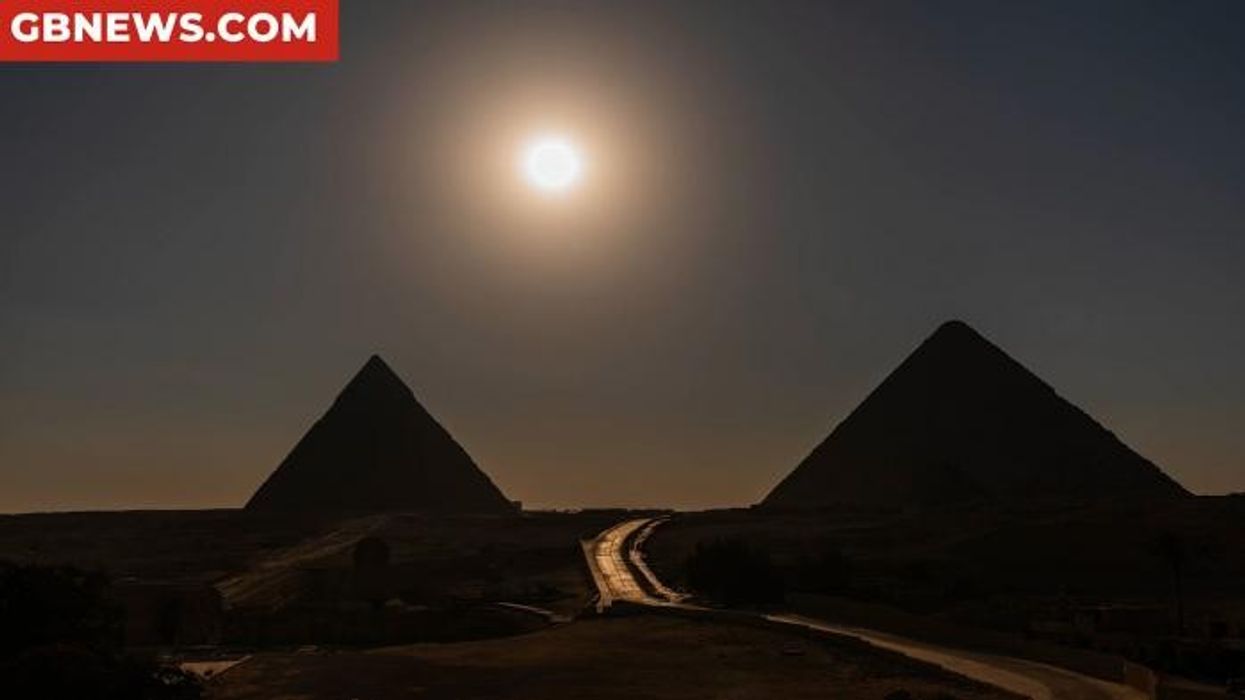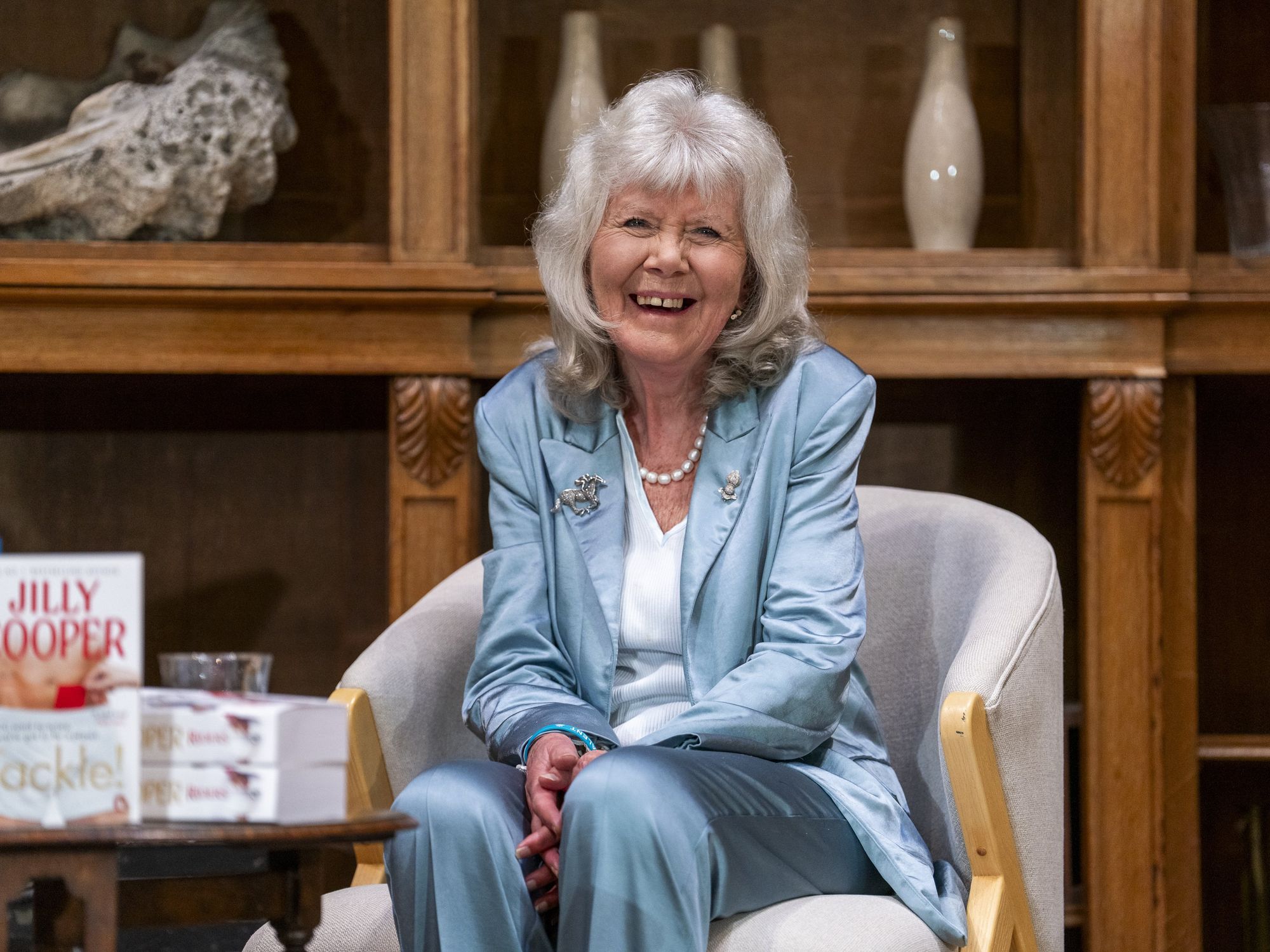British boy, 7, leaves archaeologists stunned after accidentally discovering Bronze Age burial mound
The seven-year-old boy previously thought he had uncovered a shark tooth
Don't Miss
Most Read
Latest
A boy who thought he had found a shark tooth has helped archaeologists uncover an ancient burial site.
Arthur Emonson, seven, discovered the object after visiting Lizard Point in Cornwall before showing it to a National Trust volunteer at the site.
Volunteer Ken Wallace soon recognised the tooth as belonging to a human - and after the police gave an all-clear, it was classed as an archaeological discovery.
**ARE YOU READING THIS ON OUR APP? DOWNLOAD NOW FOR THE BEST GB NEWS EXPERIENCE**
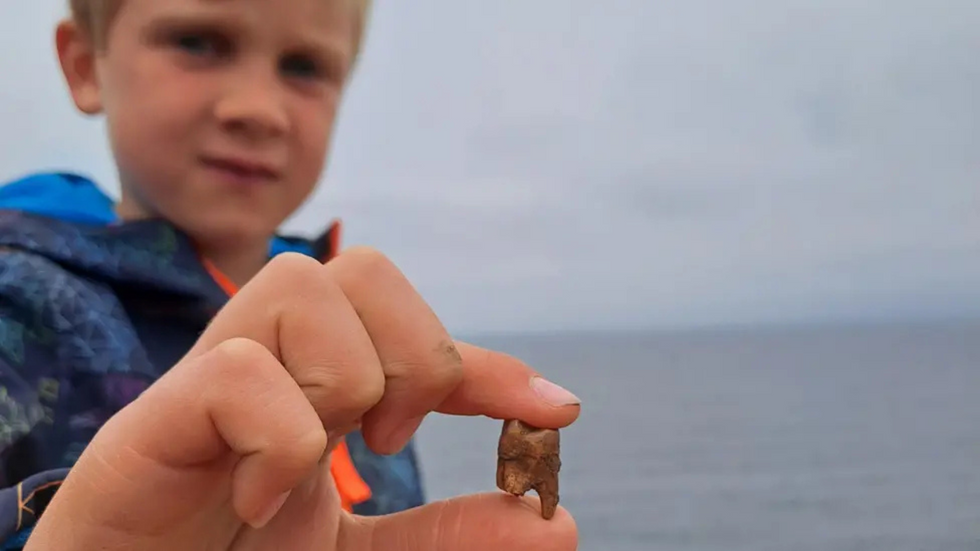
Arthur Emonson, 7, discovered the object after visiting Lizard Point in Cornwall
|NATIONAL TRUST
Jim Parry, an archaeologist for the National Trust, has uncovered further ancient remains at the site, including teeth, fragments of jaw bone and a skull of at least one historic human.
Mr Parry said that man-made and natural processes have caused the mound to erode and added that it would continue to do so due to the location of the site by the coast.
The trust initially believed one of the bodies came from the prehistoric era.
However, excavations showed that further work is required to "to understand how many people are represented and the periods of their burial".
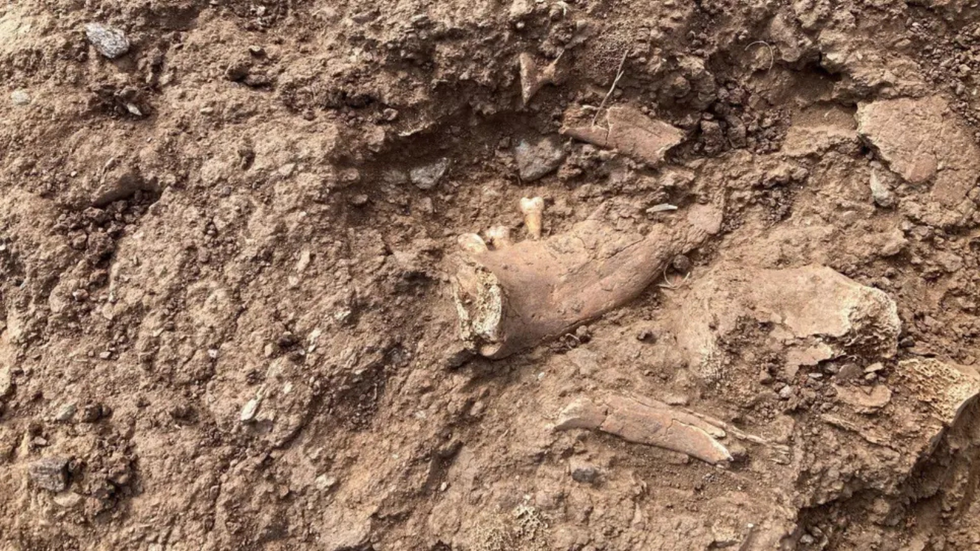
Jim Parry has uncovered further discoveries at the site, including teeth, fragments of jaw bone and a skull of at least one ancient human
|NATIONAL TRUST
Mr Parry said: "In this case, we will record as much as we can before it's lost and, hopefully in the near future, return to the site to excavate a wider area to fully understand the scale and nature of the monument in which the remains were buried, with its glorious vistas from the southernmost point of the British mainland."
The National Trust confirmed that discoveries will be sent to a human remains specialist, known as an osteoarchaeologist, for more detailed analysis.
The charity also said that a sample would be sent for radiocarbon dating to learn the true age of the remains.
Lizard Point is famous for being the southernmost point in mainland Britain.
ARCHAEOLOGY BREAKTHROUGHS - READ MORE:
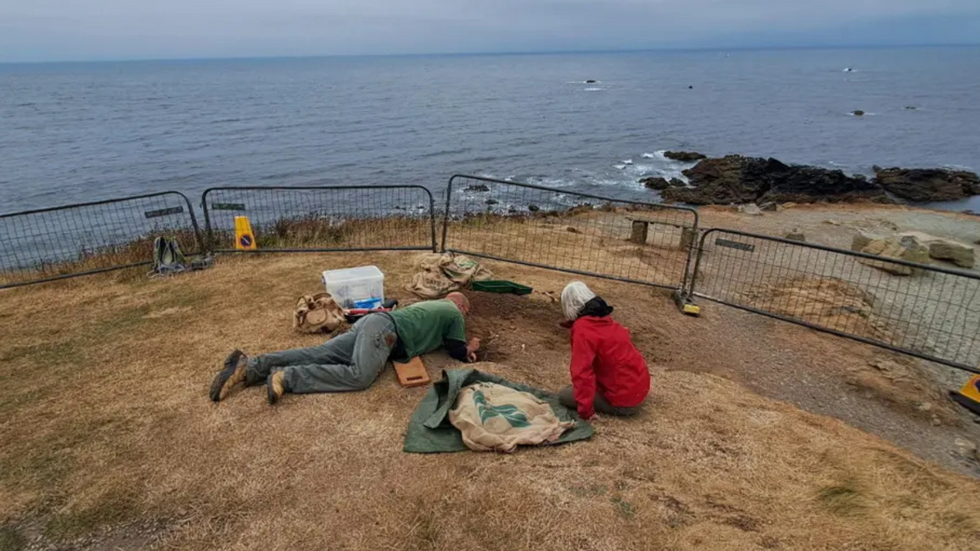
The National Trust confirmed that discoveries will be sent to a human remains specialist
|NATIONAL TRUST
The treacherous rocks which surround it have caused a number of maritime disasters, forming a "graveyard" of vessels.
One of the most notable wrecks to have occurred was The Royal Anne Galley in 1721, which sank on its way to the West Indies after hitting rock.
Of the 200 passengers on board, only two survived the ordeal.
The Cornish site is also renowned for being the location of groundbreaking wireless radio experiments.
In 1901, Italian inventor Guglielmo Marconi proved that radio waves had the capability to travel beyond the horizon, something which scientists had previously deemed impossible.
The seven-year-old's find comes just days after a university student hit headlines for making a remarking discovery just 90 minutes into their first ever dig.
Yara Souza, an international student at Newcastle University, uncovered a 9th-century gold piece during an excavation in the Redesdale area of Northumberland.
Souza said: "It was amazing to discover something that hadn't been seen for more than a thousand years, I was really geeking out."


